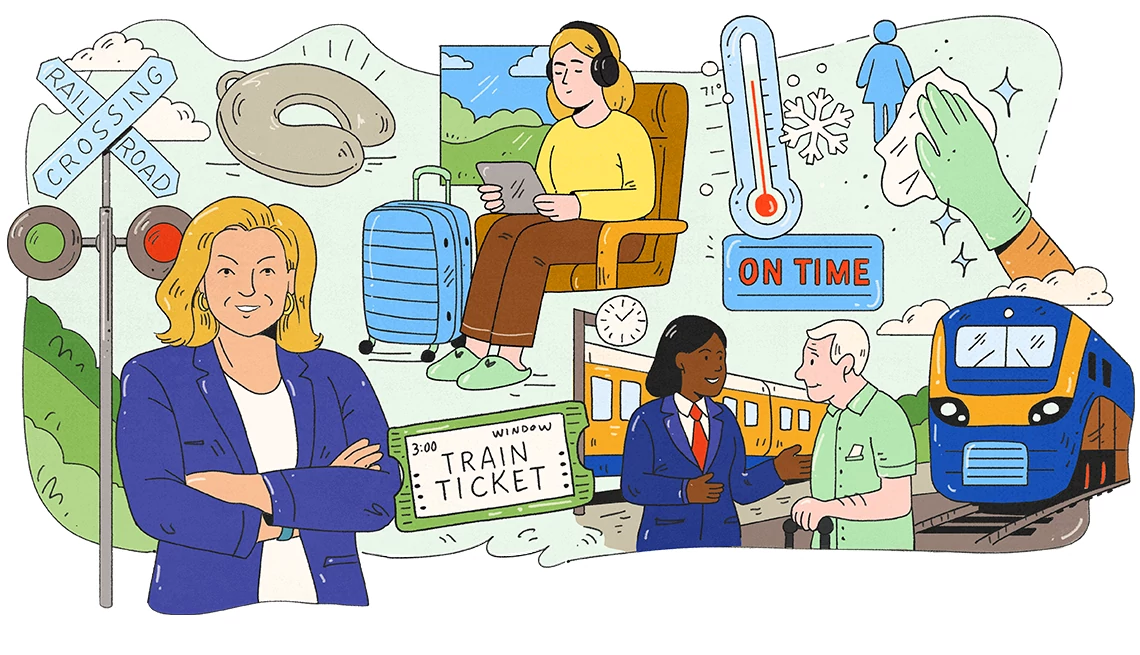AARP Hearing Center

There’s a caregiving crisis in the U.S., where the number of family caregivers has ballooned 45% in just 10 years.*
If you’re one of those nearly 1 in 4 Americans now caring for a family member, you know the weight of being stretched thin. You may be juggling a full-time job while making time for doctor’s visits, or driving hours to sit at a parent’s bedside. For too many caregivers, that means impossible choices: keep your paycheck or be there for the people who need you most.
“We’ve seen the number of family caregivers rise dramatically, but national public policy hasn’t kept pace,” said Tracy Marshall, division director of Colorado’s Family and Medical Insurance program. “Without paid leave, families and businesses are being stretched to the breaking point.”
Thankfully, things look different in Colorado. Because of the state’s paid Family and Medical Leave Insurance (FAMLI) program, nearly every worker now has the right to take paid time off to care for family without sacrificing their income.
Caregiving with dignity—and without debt
FAMLI was approved by voters in 2020, and benefits began in 2024. Since then, more than 39,000 Coloradans have used FAMLI’s Care Leave to support a loved one. And Colorado’s numbers show what many families already feel: caregiving isn’t just for retirees. Millennials and Gen Xers are carrying this responsibility in growing numbers. According to the FAMLI Division, the typical Colorado caregiver is 45 years old—right in the middle of life’s busiest years, often balancing both children and aging parents. Nationally, the average age of a family caregiver is 51.
Colorado’s numbers also show how paid leave is helping residents manage these difficult situations. Most caregivers in Colorado use FAMLI for about 38 workdays—enough time to help a parent recover from surgery, stabilize a loved one’s treatment, or simply manage day-to-day needs before returning to work. And about one-third are able to use FAMLI flexibly* - meaning they’re able to combine part-time schedules with caregiving so they don’t have to step away from their jobs entirely. Again, FAMLI benefits aren't just for full-time workers. The only requirement for coverage is that you earned $2,500 or more over the last five fiscal quarters.
Caregiving leave tops out at 12 weeks per year.
Caregiving Without the Financial Strain
A recent paper from the Bipartisan Policy Center highlights how over 130 million Americans don’t have paid leave - and roughly 90-110 million Americans live paycheck to paycheck. That means when a caregiving crisis strikes, most families are left without a financial cushion. The result is devastating: caregivers are far more likely to drain their savings or rack up debt just to keep the lights on.
- 1 in 3 stop saving altogether.
- 24% burn through short-term savings.
- 13% tap retirement or education funds just to make ends meet.
Caregiving too often becomes a fast track to financial insecurity, especially for those already on the edge. Colorado, however, is writing a different story.*
In the year before its program launched, nearly 14% of workers in the state reported being unable to take time off for caregiving purposes.* That meant a medical crisis or aging parent could quickly drain savings or force someone out of the workforce entirely. Now, nearly every worker in the state has the security of knowing their income is protected by FAMLI, when family needs them most.
“By replacing lost wages, we’re preventing families from falling into debt and helping them stay financially stable through some of life’s hardest moments,” said Marshall. “That’s good for individual households, and it’s good for our entire economy.”
——————————————
Behind every statistic is a real family. Hear Colorado caregivers share their FAMLI stories at https://famli.colorado.gov/individuals-and-families/family-journeys.*
*This is not an AARP website or program. Any information you provide the host organization will be governed by its privacy policy.































































